Carpal Tunnel Syndrome & Physiotherapy Treatment
What is a Carpal Tunnel Syndrome (CTS)?
Carpal Tunnel Syndrome (CTS) is a condition that affects the hand and wrist. It is caused by compression of the median nerve as it passes through a narrow passageway called the carpal tunnel, which is located in the wrist.
It is tingling numbness, weakness Of Palm Muscle, and Paresthesia in your hand in the area of the Median Nerve because of pressure on the median nerve in your wrist.
The median nerve and several tendons run from your forearm to your hand through a small space in your wrist called the carpal tunnel.
When the median nerve is compressed, it can cause symptoms such as pain, numbness, tingling, and weakness in the hand and wrist. These symptoms often worsen at night and can interfere with sleep. Over time, CTS can lead to muscle damage and loss of hand function.
Risk factors for CTS include repetitive hand motions, such as typing or using a computer mouse, as well as certain medical conditions such as diabetes, hypothyroidism, and rheumatoid arthritis. Treatment options include rest, splinting, medication, and in some cases, surgery to relieve the pressure on the median nerve.
Which are the Causes Of carpal tunnel syndrome?
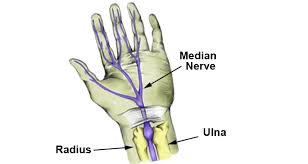
About Carpel Tunnel Syndrome :
The carpal tunnel is a narrow passage in the wrist Joint , about an inch wide. The floor and sides of the tunnel are formed through small wrist bones called carpal bones.
The roof of the tunnel is a strong band of connective tissue called the transverse carpal ligament. Because these boundaries are very rigid and tight , the carpal tunnel has little capacity to “stretch enough ” or increase in size.
The median nerve goes down the arm and forearm, passes through the carpal tunnel at the wrist, and goes into the hand. The nerve provides feeling/control Movement in the thumb and index, middle, and ring fingers. The nerve also controls the muscles around the base of the thumb.
The nine tendons that bend the fingers and thumb also travel through the carpal tunnel. These tendons are called flexor tendons.
Carpal tunnel syndrome occurs when the tunnel becomes narrowed or when tissues surrounding the flexor tendons become swell, Giving Extra pressure on the median nerve.
Pressure on the median nerve causes carpal tunnel syndrome. This pressure can come from swelling or anything that makes the carpal tunnel smaller. Many things can cause this swelling, including:
- Illnesses such as hypothyroidism, rheumatoid arthritis, and diabetes.
- overactivity (Making the same hand movements over and over, especially if the wrist is bent down )
- Pregnancy/Obesity.
- Injury Arount Wrist Like Fracture, Other Injury.
Which are the Symptoms of Carpal Tunnel Syndrome?
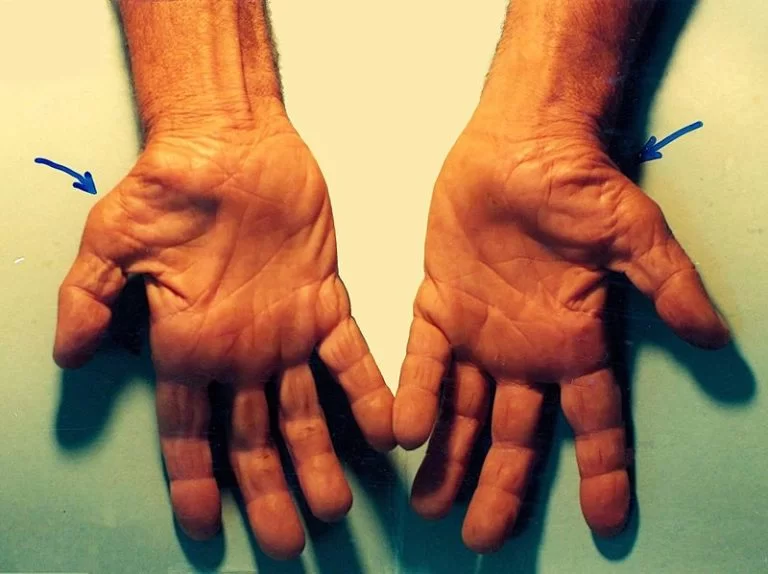
Carpal tunnel syndrome can cause tingling numbness, weakness of Palm Muscle Supplied By Median Nerve or pain in the fingers or hand And Parasthesia. Some people may have Refer pain in their arm between their hand and their elbow.
Symptoms most often occur in the thumb, index finger, middle finger, and half of the ring finger. If you have problems with your other fingers but your little finger is fine, this may be a sign that you have carpal tunnel syndrome. A Ulner nerve gives feeling to the little finger.
You may first notice symptoms at night. You may be able to get relief by shaking your hand, Or In Wrist Mid Extension Position.
Diagnosis
Your doctor will ask if you have any health problems-such as arthritis, hypothyroidism, or diabetes or if you are pregnant. He or she will ask if you recently injury Near your wrist, arm, or neck. Your doctor will Take History About your daily routine and any recent activities that could have injury your wrist.
During the exam, your doctor will check the Sensation, Muscle Power, and Positioning of your neck, shoulders, arms, wrists, and hands. Your doctor may suggest tests, such as blood tests or nerve tests Like EMG Or NCV Specially For Median Nerve.
Carpal Tunnel Syndrome Treatment :
Mild symptoms usually can be treated with home care. You can:
Avoiding activities that cause numbness, pain.
Rest your wrist enough between activities.
Ice your wrist for 10 to 15 minutes 1 or 2 times an hour.
Try taking anti-inflammatory drugs (NSAIDs) to relieve pain and reduce swelling.
Wear a wrist splint at night. This takes pressure off your median nerve.
Consult Physiotherapist Or Orthopedic As Early As Possible.
Exercises for carpal tunnel syndrome :
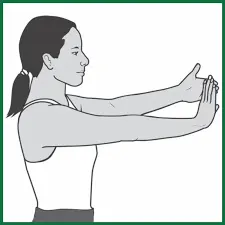
Generally, Muscle Supplied By Median Nerve Require Strengthening Exercises, So According to Assessment Of Muscle Of Palm, And Then Active Movement, Or With Electrical Stimulation, And For Relieving Pain Use Ultrasound, Infrared.
Stretching Exercise Of Common Wrist Flexors Are Too Important Without Affecting Pain.
Splinting:
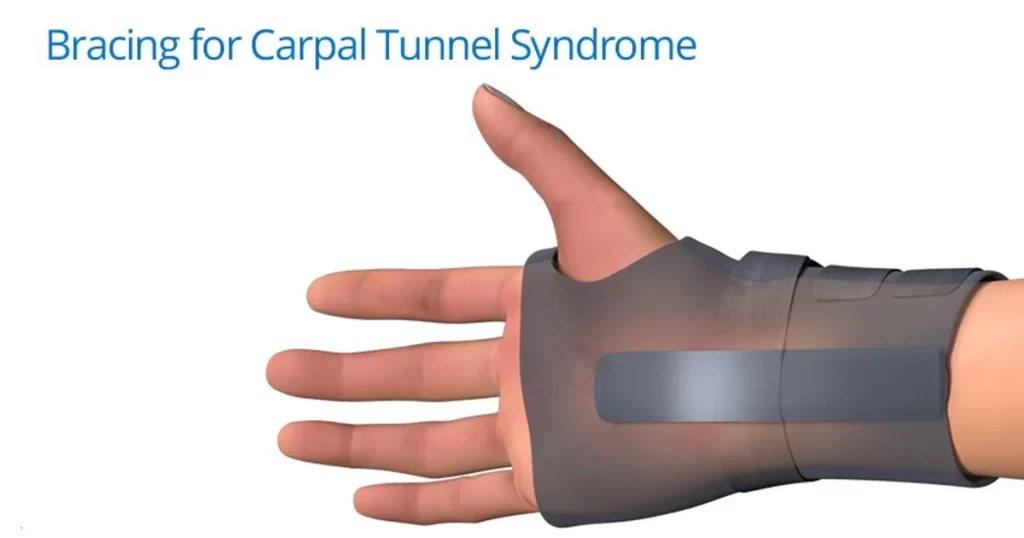
Wrist Brace Is Required That Keep the Wrist Joint in Neutral Position And Relieve Pain, Specially Use At Night.
As Soon As you start treatment, The Symtoms Gradually Down, Relief From Pain and Other Symptoms, and prevent long-term damage to the nerve.
Medicine For Other Cause Like Diabetes Or Hyperthyroidism Properly.
Surgery is optional. But it’s usually used only when symptoms are Not Improving and you can’t work or do other things even after a few weeks to months of Physiotherapy treatment.
Preventive Measure :
To keep Away From carpal tunnel syndrome, take care of your basic health. Stay healthy And Fit. Don’t smoke. Exercise to stay strong and flexible. If you have a long-term health problem, such as arthritis or diabetes, follow your doctor’s advice for keeping your condition under control.
You can also try to take good care of your wrists and hands:
Do Wrist Muscle Stretching Exercise At Regular Intervals.
Try to keep your wrist in a neutral position.
Use your whole hand-not just your fingers-to hold objects. And Also Alternate Hands.
When you type, keep your wrists straight, with your hands a little higher than your wrists. Relax your shoulders when your arms are at your sides.
If you can Alternate hands Regularly when you repeat movements.
Take Enough Rest In Between Activities.

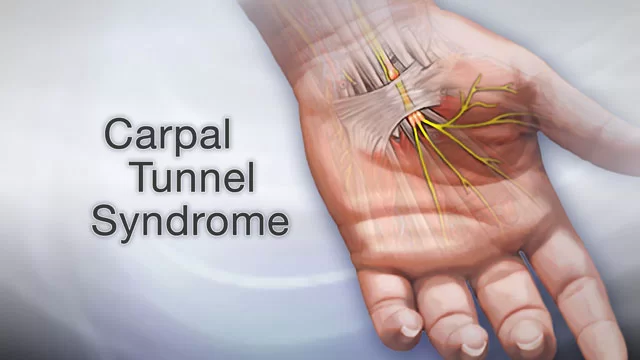
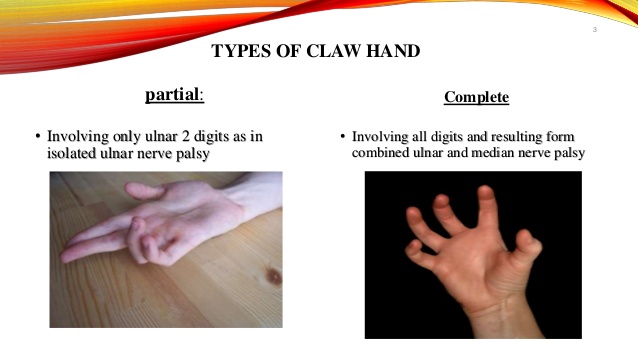
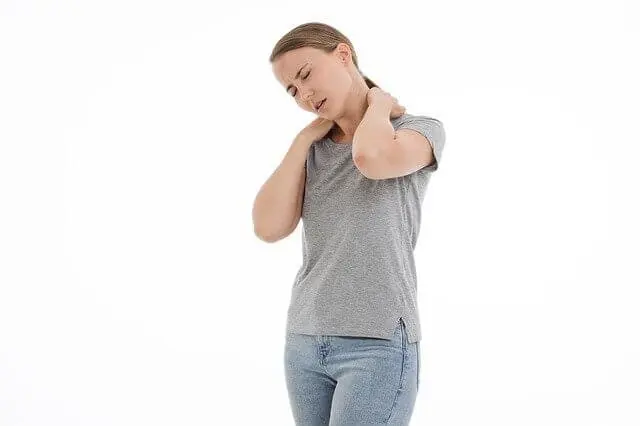
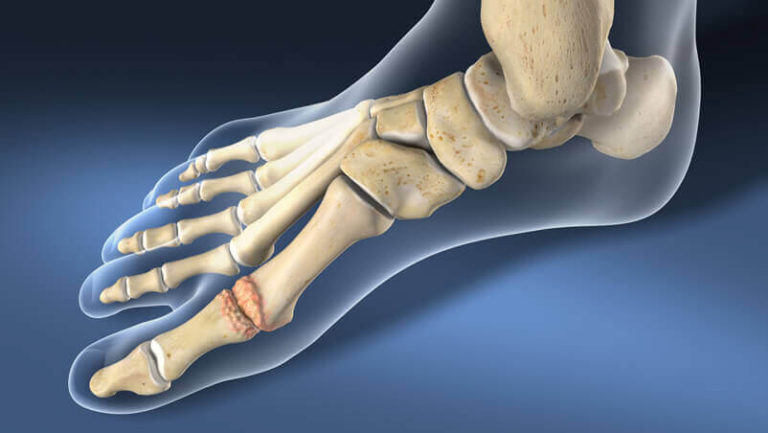

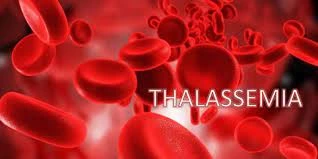

36 Comments